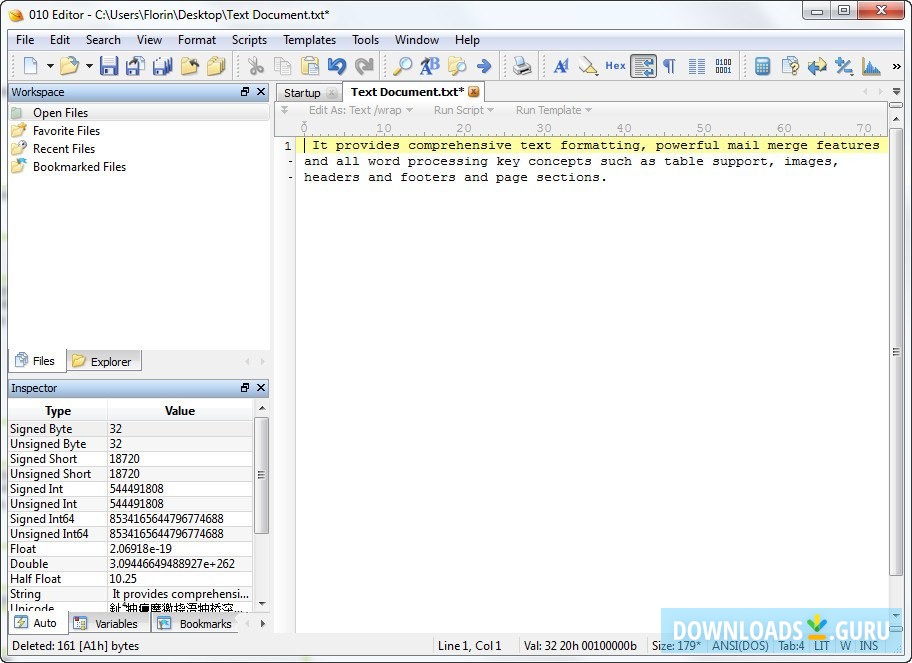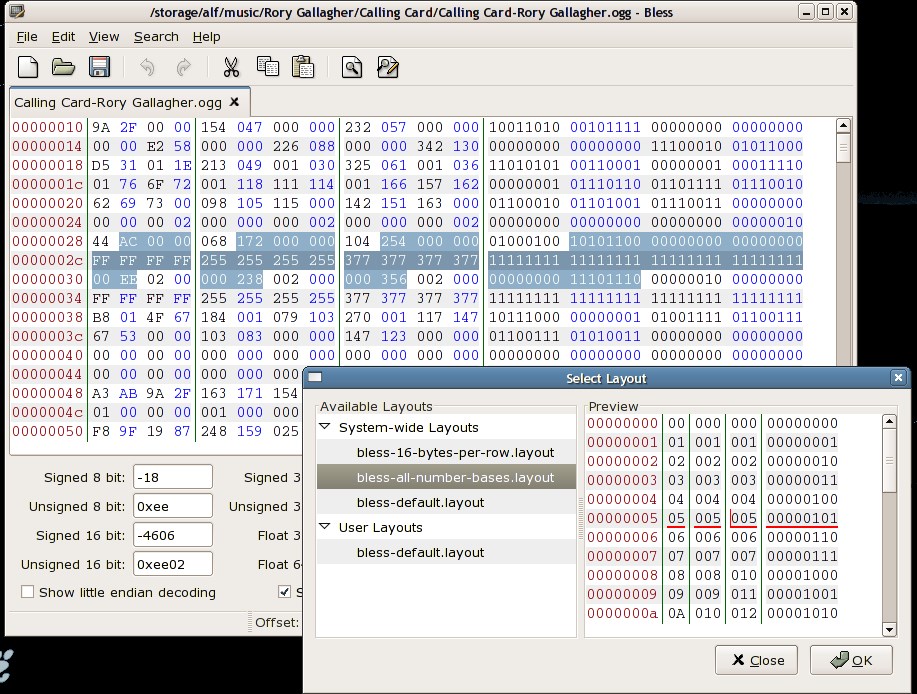
MiniDumper by Marco Pontello 10 is a convenient tool for examining a file in hexadecimal format, as it displays a dump of the file header only, as illustrated in Figure 5.8. īy viewing a file in a hex editor, every byte of the file is visible, assuming its contents are not obfuscated by packing, encryption, or compression.
#010 EDITOR CHANGE NAME OF EXE FILE CODE#
In computing, hexadecimal is used to represent a byte as 2 hexadecimal characters (one character for each 4-bit nibble), translating binary code into a more human-readable format. Hexidecimal (or hex, as it is commonly referred) is a numeral system with a base of 16, written with the letters A–F and numbers 0–9 to represent the decimal values 0–15. Second, open and inspect the file in a hexadecimal viewer or editor.


Generally, there are two ways to identify a file's signature.įirst, query the file with a file identification tool. The file signature for these files is “MZ” or the hexadecimal characters 4D 5A, found in the first two bytes of the file. Most Windows-based malware specimens are executable files, often ending in the extensions. ĭifferent file types have different file signatures for example, a Windows Bitmap image file (.bmp extension) begins with the hexadecimal characters 42 4D in the first two bytes of the file, characters that translate to the letters “BM.”.On a Windows system, a file signature is normally contained within the first 20 bytes of the file.

A file signature is a unique sequence of identifying bytes written to a file's header.


 0 kommentar(er)
0 kommentar(er)
